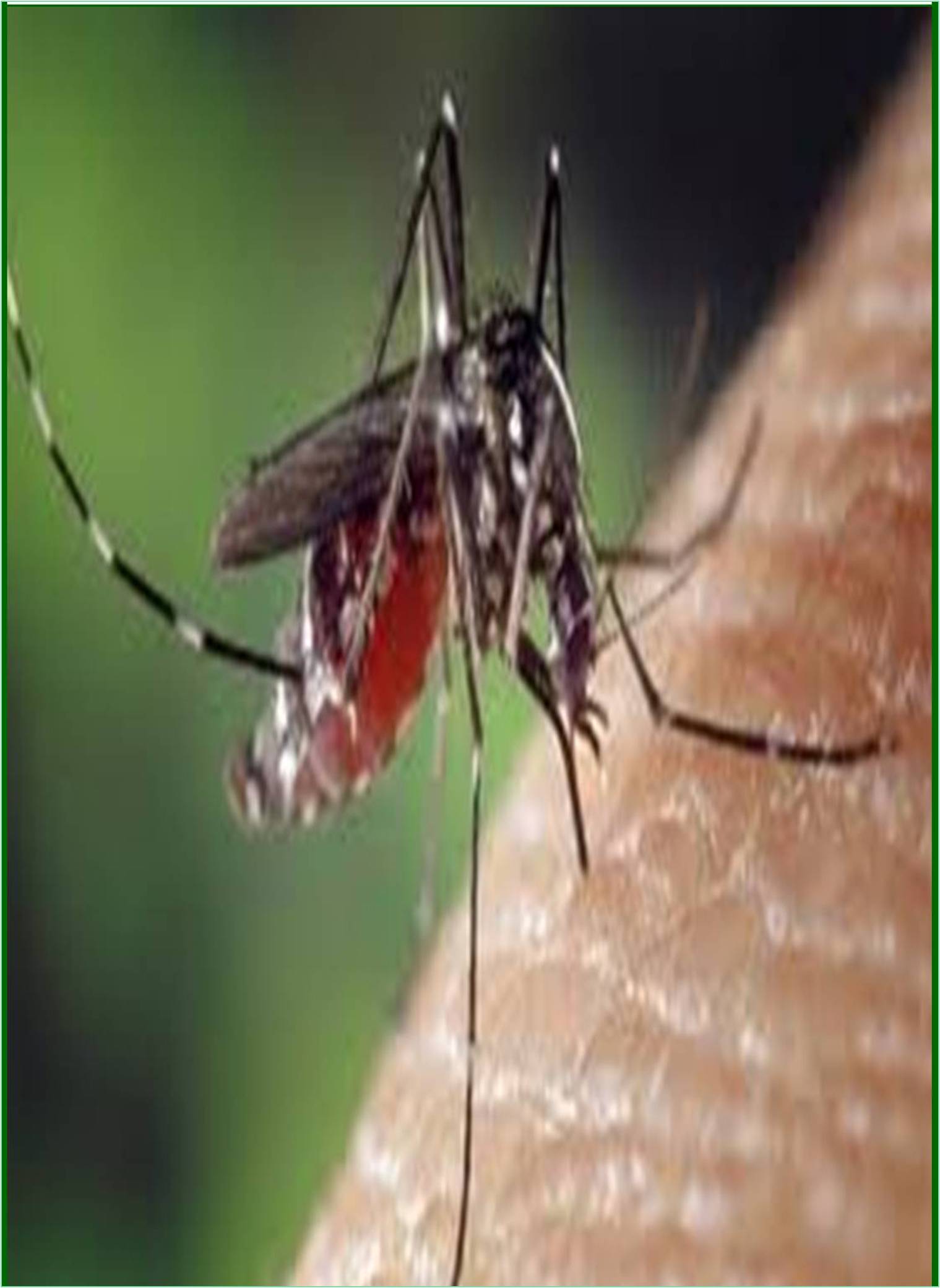



Received: 28-Nov-2022 Editor assigned: 30-Nov-2022 Reviewed: 14-Dec-2022 Revised: 21-Dec-2022 Published: 28-Dec-2022, DOI: 10.15651/JFTD.22.3.20
Neglected Tropical Diseases (NTDs) are a group of parasitic and bacterial infections that affect over 1 billion people in the world's poorest communities. These diseases often cause severe disfigurement, disability, and can lead to death if left untreated. The diagnosis of NTDs is usually done through laboratory testing, which can be time-consuming and expensive. However, recent advances in Artificial Intelligence (AI) have shown promising results in the automated recognition of skin lesions, which can improve the diagnosis of NTDs in real-time.
One of the most common NTDs is leprosy, which is caused by the bacterium Mycobacterium leprae. Leprosy affects the skin, nerves, and mucous membranes and is typically diagnosed through the identification of skin lesions. However, traditional diagnostic methods rely on the expertise of clinicians who are trained to recognize the characteristic features of leprosy lesions, which can be subjective and prone to errors.
To overcome these challenges, researchers have developed AI-based diagnostic tools that can automatically recognize and classify skin lesions in real- time. These tools use deep learning algorithms, which can learn from large datasets of skin lesion images to accurately identify different types of NTDs. For instance, researchers have trained AI models to identify specific patterns in skin lesions that are associated with leprosy, such as hypopigmented or erythematous macules or patches.
The development of these AI-based diagnostic tools has several advantages. Firstly, they can provide real-time diagnosis, which is crucial for the early detection and treatment of NTDs. Secondly, these tools are objective and can be used by healthcare workers who may not have specialized training in NTD diagnosis. Finally, these tools can reduce the burden on healthcare systems, which are often overwhelmed with the high demand for NTD diagnosis and treatment. In addition to leprosy, AI-based diagnostic tools have also been developed for other NTDs, such as Buruli ulcer, yaws, and cutaneous leishmaniasis. For instance, researchers have used deep learning algorithms to recognize the characteristic lesions of Buruli ulcer, which is caused by the bacterium Mycobacterium ulcerans. This disease typically presents as painless, non-tender nodules or plaques that can rapidly progress to ulcers. The early diagnosis and treatment of Buruli ulcer are crucial to prevent the severe tissue destruction that can result in permanent disability.
Similarly, yaws, a bacterial infection caused by Treponema pallidum subspecies pertenue, can also be diagnosed through the identification of skin lesions. Yaws typically presents as papules, nodules, or ulcers, which can be difficult to distinguish from other skin diseases. However, AI-based diagnostic tools can accurately identify the characteristic features of yaws lesions, such as their color, shape, and distribution.
Cutaneous leishmaniasis, a parasitic infection caused by Leishmania spp., is another NTD that can be diagnosed through skin lesions. This disease typically presents as ulcerative lesions on exposed areas of the body, such as the face, arms, and legs. AI-based diagnostic tools have been developed to recognize the different types of lesions associated with cutaneous leishmaniasis, which can aid in the early diagnosis and treatment of the disease.
In conclusion, the development of AI-based diagnostic tools for the automated recognition of skin lesions has the potential to revolutionize the diagnosis of NTDs. These tools can provide real-time, objective, and accurate diagnosis, which is crucial for the early detection and treatment of NTDs. Moreover, these tools can reduce the burden on healthcare systems, which are often overwhelmed with the high demand for NTD diagnosis and treatment.